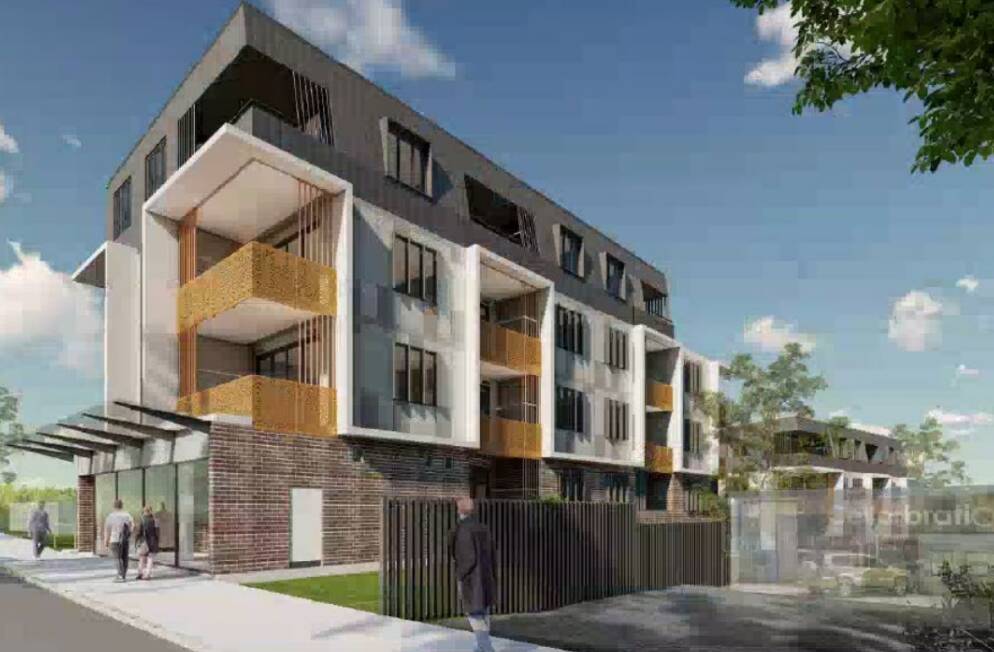
A proposal for a 25-unit residential block on the bustling Brunker Road at Adamstown aims to address a growing shortage of affordable housing in Newcastle.
The NSW government has lodged $13.5 million plans with Newcastle council to demolish existing buildings and remove 16 trees at 190 Brunker Road to make way for construction of a four-storey affordable housing building.
Affordable housing is designed for low to moderate income households, and is generally priced at less than 30 per cent of gross household income.
The building would contain 12 one-bedroom units and 13 two-bedroom apartments, parking for 12 cars, 28 bike racks and an art gallery, with access from Teralba Road.
The art gallery would allow the development to comply with the council's Adamstown Renewal Corridor Development Control Plan, which requires developments to have an "active street frontage" at Brunker Road.
The gallery would include floor to ceiling glazing at the boundary to allow artwork to be visible, a secured space not open to the tenants or the general public and displays managed in accordance with a plan of management.
The Herald reported in January 2024 that Brunker Road had attracted hundreds of millions of dollars in residential investment in recent years, including a 96-unit building on the former Ansteys Healthcare Building site and the 29-unit "Agora" building. A proposed 10-storey rebuild of the Premier Hotel was rejected in February.
Planning documents state the proposed site at 190 Brunker Road is less than 400 metres from Adamstown local centre and 670 metres from the public entrance to Adamstown railway station.
The government said the development aimed to address the "continually growing demand" for public housing in Newcastle.
The most recent data shows there are 1770 households on the wait list for social housing in Newcastle, with wait times between five and 10 years.
"Demand for social and affordable rental housing is increasing," the documents state.
"An increasingly unaffordable private rental market for people on low incomes, responses to homelessness and fewer social housing vacancies have driven the growth in social housing wait lists."




!["[T]he First and Fifth Amendments Require ICE to Provide Information About the Whereabouts of a Detained Person"](https://images.inkl.com/s3/publisher/cover/212/reason-cover.png?w=600)


